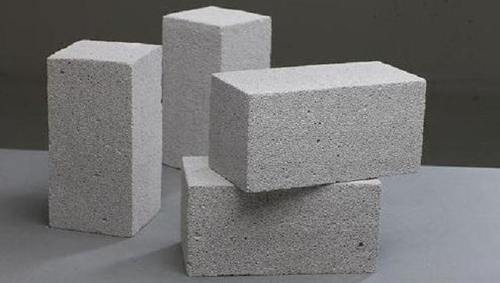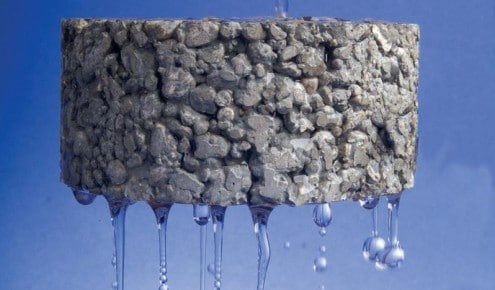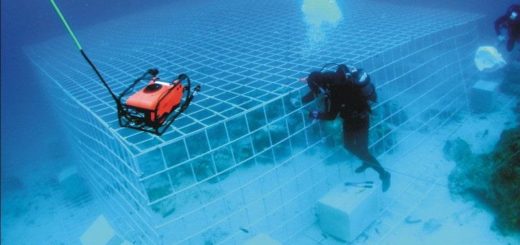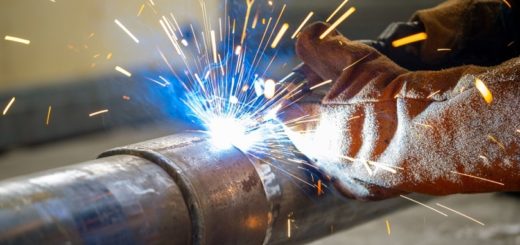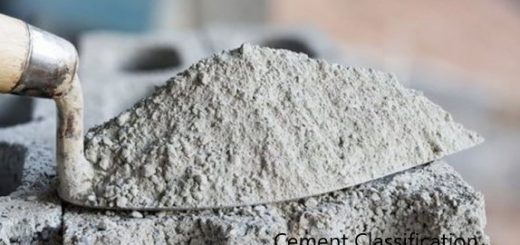Lightweight Concrete types and properties
Lightweight concrete is a mixture made with lightweight coarse aggregates. Low-weight aggregates such as shale, clay, shale, slate, volcanic pumice, ash, or perlite are used to reduce the density.
Lightweight concrete is a special type of concrete made to be used for special purposes. It is not commonly used as normal-weight concrete.
Difference between Lightweight Concrete and Normal Concrete
The deviation of the properties of the normal concrete and lightweight concrete are as follows.
- Characteristics strength depends on the standard that is considered. Generally, it is in the lower range.
- Destiny is also lower compared to the normal concrete and it is in the range of 1100 kg/m3 – 1920 kg/m3.
- Use different aggregates, not like normal concrete.
- Aggregate absorbs more water and therefore it is required to soak before use.
- Low thermal conductivity
- High heat resistance
Application of Lightweight Aggregates
- Construction of an additional floor on an existing building as it reduces the weight of the structure
- Used in the new building construction
- Used for construction of bridges, bridge decks, piers, precast elements, etc.
- high-rise buildings
- Used to insulate the water pipes, roofs, walls, etc due to the low thermal conductivity and high great resistance.
Types of Lightweight Concrete
- Lightweight aggregate concrete
As discussed above, the production of concrete using low-density aggregates such as shale, clay, shale, slate, volcanic pumice, ash, or perlite are falls under this category.
The main feature is the replacement of the normal aggregate with this type of aggregate to gain a reduction in the density of the concrete.
- Aerated, Cellular, formed, or gas concrete
These types of concrete are made by the introduction of voids in the concrete to reduce the weight of the concrete. The air-entrained concrete is not falling under this category.
- No fine Concrete
No fine concrete is made for special purposes though it is lightweight concrete.
There are no fine aggregates in the no fine concrete. However, the strength of the concrete can be obtained as required by controlling the concrete mix design.
The article on no fine concrete could be studied for further information on the purpose of projection and its technical parameters.
Properties of the Lightweight Concrete
Durability of Lightweight Concrete
- There is a better bonding of lightweight aggregate and cement paste. Therefore, it shows good homogeneous properties. Thus, there is less possibility of cracking of concrete due to shrinkage, creep, thermal deformations, or loads.
- Lightweight concrete has higher fire resistance.
Water Tightness
- During the construction, it absorbs more water. Therefore, we soak the aggregate before making the concrete. However, these types of concrete show better water tightness performance when compared to the normal weight concrete.
- An increase in the lightweight aggregate concrete content leads to an increase in water permeability.
- Higher water depths could lead to water penetration into the concrete.
Chloride Attack
- Different studies have shown both the similar and lesser penetration of chloride ions into the lightweight concrete compared to the normal weight concrete.
- Further, no significant corrosion of reinforcement has been shown compared to the normal weight concrete
Carbonation
- This type of concrete has higher gas permeability due to its higher porosity.
- Coronation of concrete occurs by penetrating carbon dioxide into the concrete.
- Due to the higher porosity, carbon dioxide penetrates into the concrete easily compared to the normal weight concrete. Therefore, there is a higher depth of carbonation of concrete when compared to the normal weight concrete.
- In addition, the higher moisture content of the lightweight concrete caused due to the higher porosity of the concrete leads to an increase in the carbonation of concrete.
Advantage of Lightweight concrete
- Easy to transport
- Low thermal conductivity
- High heat resistance
- It has good workability
- Unlikely to collapse though it is lightweight
- Though it takes longer to dry due to the higher water content, it does not affect the properties significantly.
- It can be used as an alternative material
- Due to the less weight of the structure, it reduces the structural member sizes and foundation sizers.
- Construction is comparatively economical due to the reduction in the weight of the structure

